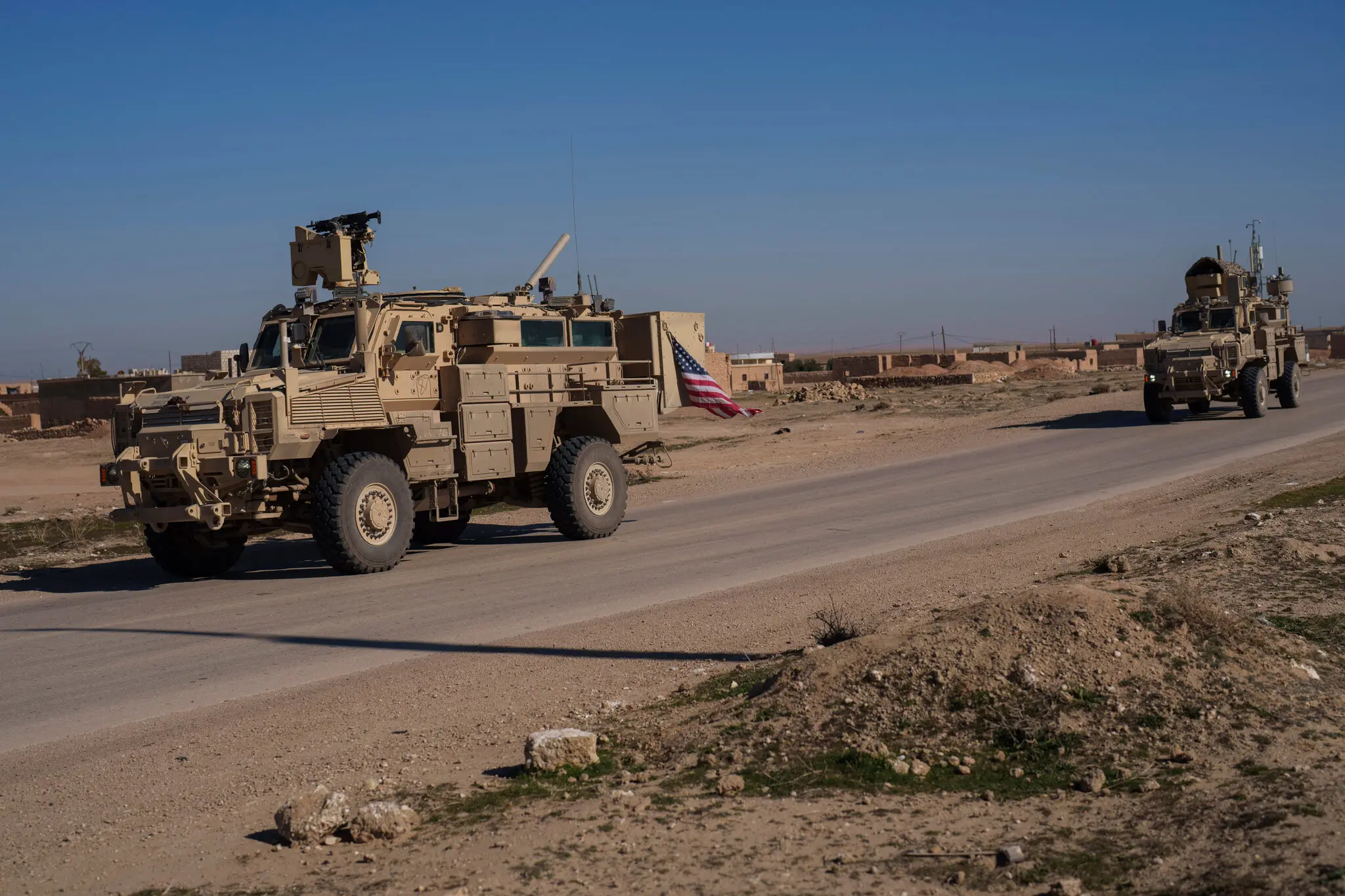The US’s Accelerating Military Drawdown in Northeast Syria Continues

The U. S. is rapidly scaling back its military footprint in northeast Syria. According to Reuters, two additional U.S. bases in the region have recently been shut down, bringing the total number of closures to at least four since May. U.S. envoy to Syria Tom Barrack has indicated that Washington ultimately plans to reduce its presence in the area to just one base, as efforts intensify to integrate the Syrian Democratic Forces (SDF) into the Syrian Army.
Context: The latest closures, Al-Wazir and Tel Baydar, are both located in Hasakah province, near the towns of Hasakah and Tel Tamir. These follow the May shutdowns of two other bases in Deir Ezzor province. SDF commander Mazloum Abdi confirmed to Reuters that the U.S. now has no remaining military presence in either Deir Ezzor or Raqqa, effectively consolidating its northeastern operations in Hasakah alone. The only other U.S. military presence in Syria is at al-Tanf garrison, strategically located near the Syria-Iraq-Jordan border triangle, far outside of SDF-controlled zones.
US Military Sites in Syria
Analysis: The accelerated US withdrawal from Syria, proceeding despite escalating regional tensions surrounding the Israel-Iran conflict, suggests that Syria has largely been removed from America’s broader anti-Iran strategy. This strategic pivot indicates that Washington no longer views its northeast Syrian presence as critical to containing Iranian influence in the region.
Much of the military personnel and equipment from closed bases has been redeployed to Erbil in Iraq’s Kurdistan Region, where the likelihood of involvement in regional conflicts remains significantly higher. The speed of base closures suggests that the US decision to consolidate into a single facility could materialize within months rather than years.
US Envoy to Syria Tom Barrack outlined a phased reduction plan in recent interviews, describing a systematic drawdown from eight bases to five, then three, and ultimately one. The administration aims to reduce troop levels to 500 or fewer from a peak deployment of approximately 2,000 personnel.
Currently, only three substantial bases remain operational: al-Shaddadi in southern Hasakah province, Rmelan airbase, and the adjacent Kharab al-Jir facility. Additional infrastructure includes a small observation post along the Syria-Iraq-Turkey border and a logistics and medical support hub in Kasrek, situated near the M4 highway close to Turkish-controlled territory.
Particularly noteworthy is the timing of this drawdown amid what the SDF characterizes as a resurgence in ISIS activity. This apparent contradiction suggests increasing coordination between Washington and Damascus—a development reflected in the US envoy’s increasingly positive rhetoric toward the Syrian government. Barrack has emphasized that SDF integration into the Syrian army must occur soon, indicating that military redeployment and political integration efforts are strategically interconnected.
An Al Arabiya report suggested that August had been floated as a possible target date for completing the integration process. However, no concrete steps have materialized so far, and the ongoing Israel–Iran conflict may delay progress. Still, in an interview with Al-Monitor, Barrack offered a notable comment: “The only way Syria survives is not to have multiple non-nation states armed and fighting each other,” he said, while discussing the possibility of “merging” the SDF into the Syrian army.
The current approach appears designed to avoid the chaotic withdrawal scenario that unfolded in 2019, when President Trump’s sudden announcement triggered an immediate Turkish military incursion into SDF territory, generating significant congressional backlash. In interviews with Turkish NTV, Barrack acknowledged that the SDF remains important to Congress, indicating a preference for managed integration with minimal conflict and casualties.
However, significant obstacles remain. Damascus reportedly refuses to accept SDF integration as a unified bloc, while the SDF rejects individual incorporation. Recent local reports suggest that SDF forces are constructing defensive tunnel networks, potentially preparing for a breakdown in negotiations with the Syrian government. This development underscores the fragility of the current diplomatic framework and the possibility that the US withdrawal could still precipitate the very conflicts it seeks to avoid.









